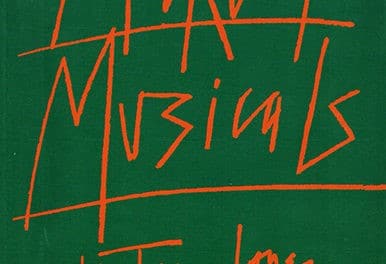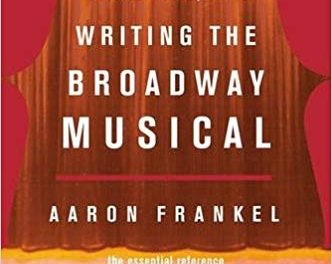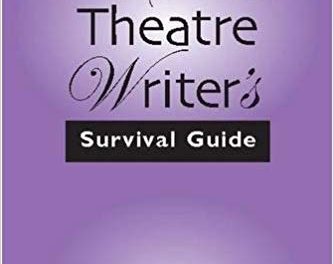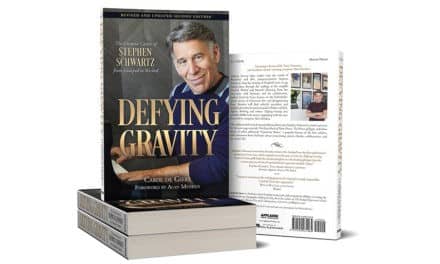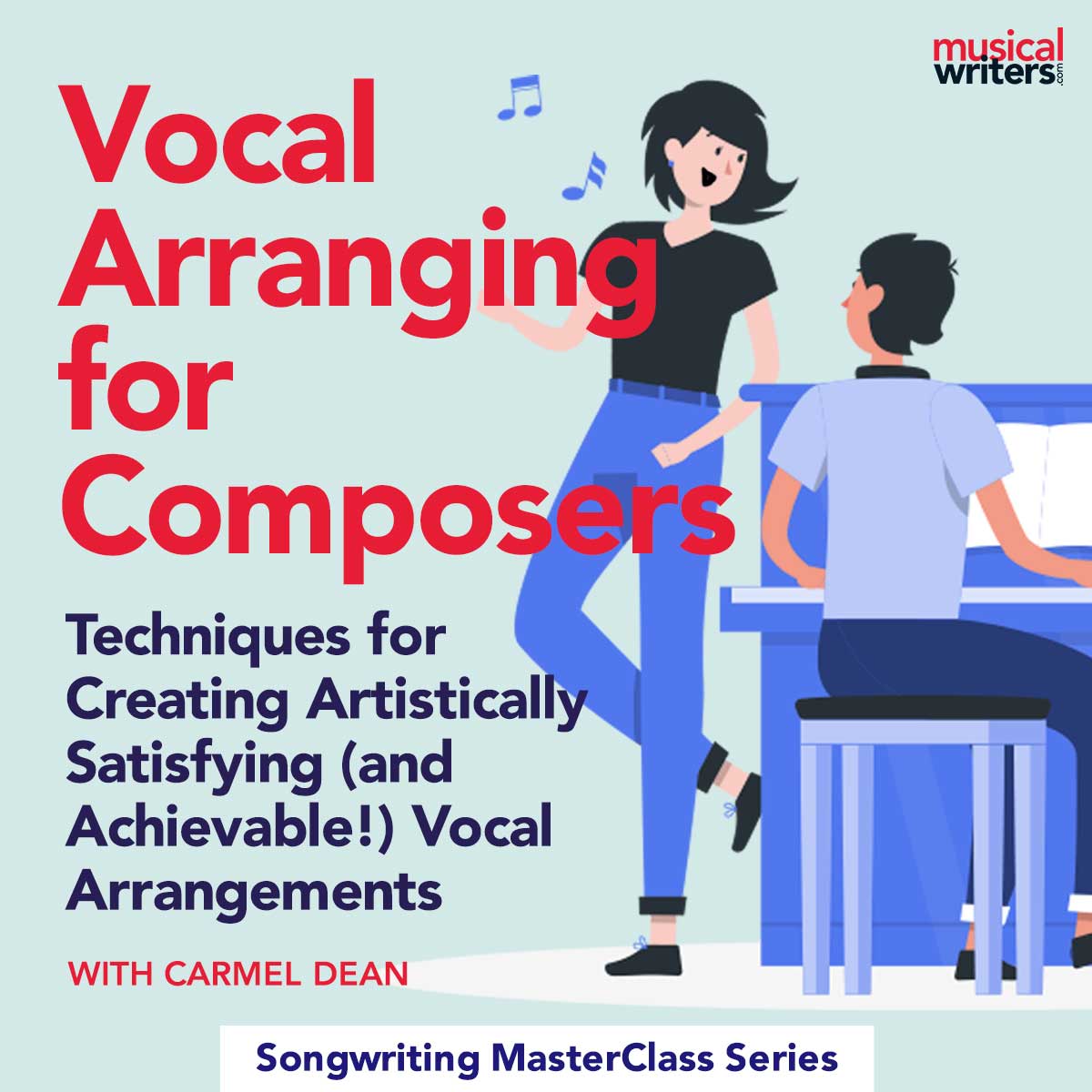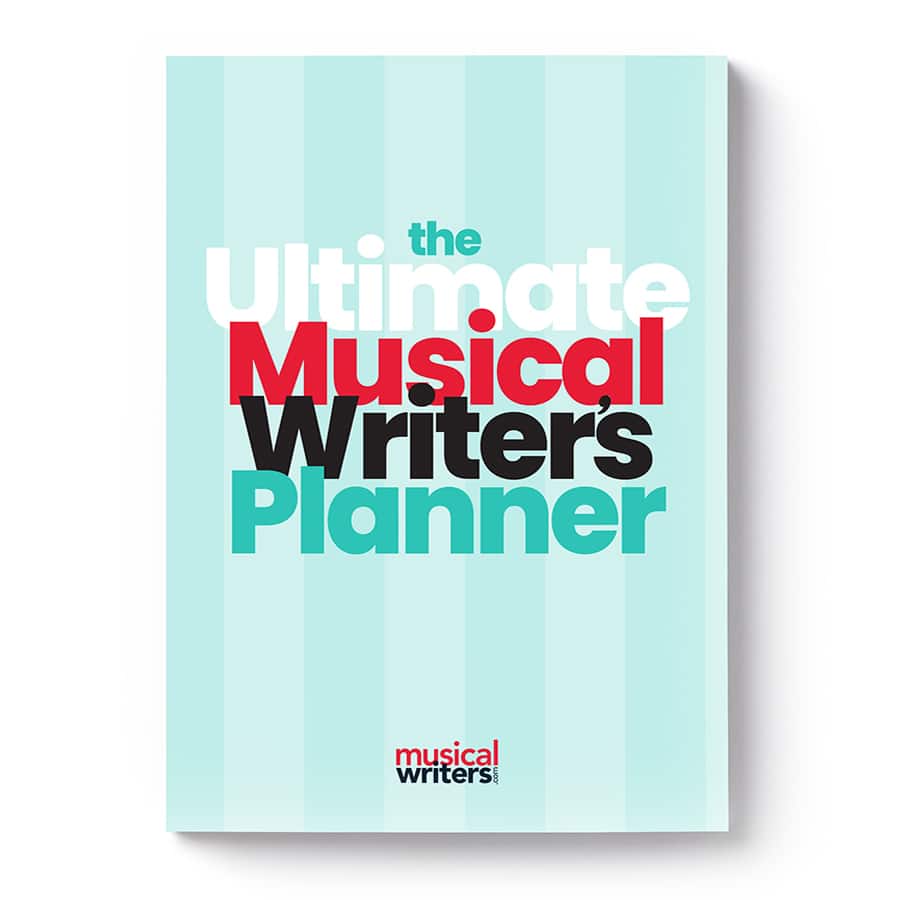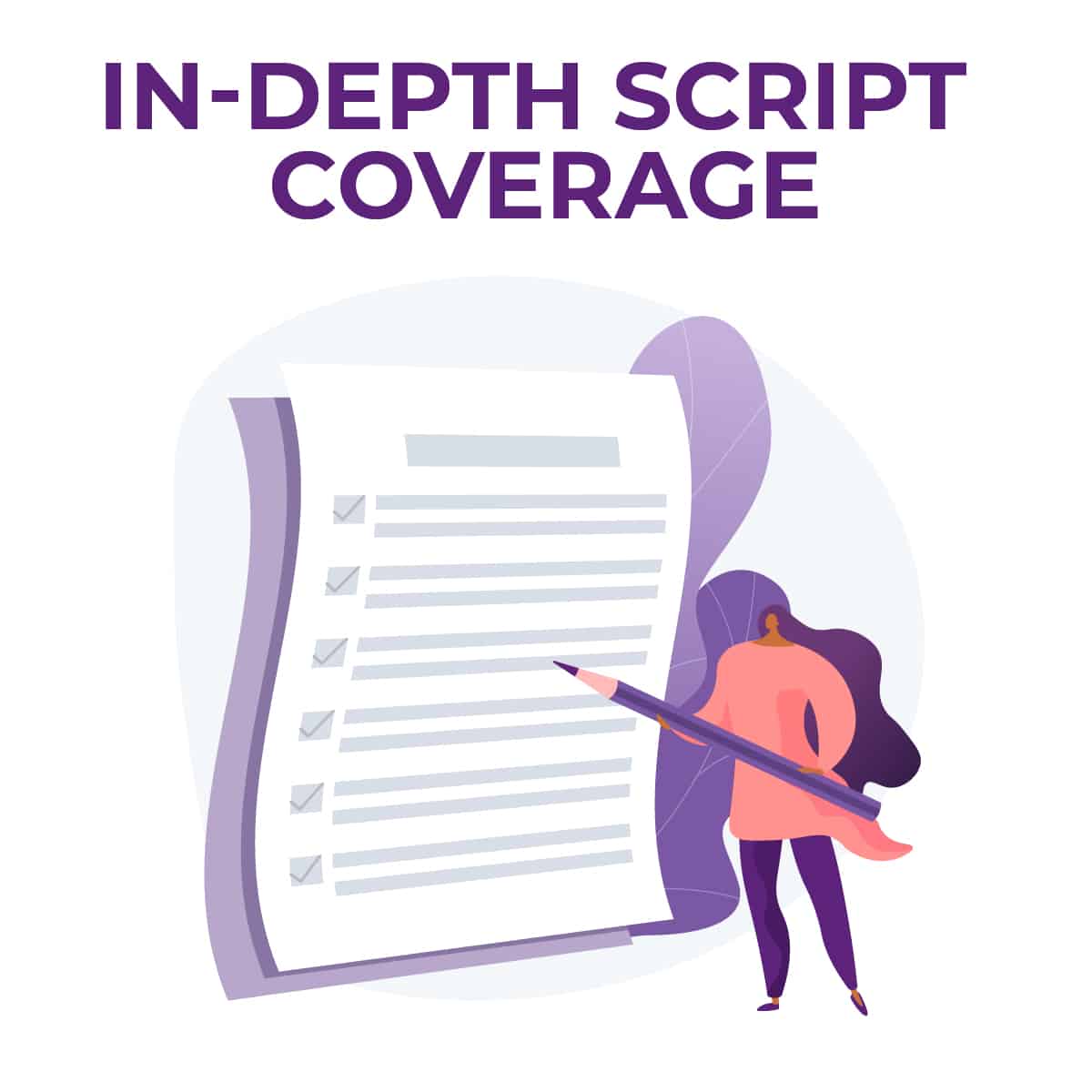About midway through their appealing new book Writing Musical Theater, authors Allen Cohen and Steven L. Rosenhaus set down three principles for writing an effective theater lyric. It must be concise, comprehensible and specific. That struck me as the perfect way to describe this practical guide for beginning and journeymen writers.
Both Allen Cohen and Steven Rosenhaus are experienced composers who teach musical theater writing at the college level. One of their stated reasons for collaborating on the book was an inability to find a text for their students that dealt with theatre music in any depth. Nevertheless, the first few chapters of Part One are devoted to the book and lyrics. The authors discuss the choosing of a project to musicalize, the shaping of characters, song placement and even some basic stagecraft. Though most of the material is familiar and can be found in other places, it has rarely been as patiently explained. This section of the book is thorough without being condescending and detailed without being overwhelming.
Non-musicians may find the chapter that addresses composing a little daunting, especially when faced with a sentence like “Most often this is done by using a suspension on the dominant “either a dominant chord with suspended fourth, or a suspended chord such as the subdominant above the dominant root “rather than the dominant triad or seventh.” But, stick with it. The authors are consistent about defining how each of the compositional elements can be used dramatically. Given their motivation for writing the book, they can be forgiven for employing a bit more technical language to do so than in earlier chapters.
Part Two of Writing Musical Theater is its crowing achievement. There the authors apply the principles that they’ve already discussed to the writing of two new musicals: an adaptation of The Prince and the Pauper and an original work. Allen Cohen and Steven Rosenhaus walk the reader through the development of their case studies, from idea to treatment to programming the score to writing the first few numbers. They weigh the pros and cons of their decisions and readily confess that there’s “no such thing as a single correct approach.” Composers will, again, benefit the equal time that is given to the development of the music.
The only prerequisite to reading this book is a working familiarity with some of the more popular American musicals of the past century. The authors assume that most of their readers know these shows well enough to make going into great detail to make specific points unnecessary. A Little Night Music and South Pacific are discussed at length, however. If you don’t already own copies of their original cast recordings, do you need a better excuse to go shopping?
[amazon_link asins=’B0032FOA8I,B00003CWT3,B00004ZDXK,B0017I1G0W’ template=’ProductGrid’ store=’MusicalWriters.com’ marketplace=’US’ link_id=’8662c7b8-7cdc-11e8-b041-e7702f884c9f’]

